土曜日, 2月 12th, 2011...11:30 AM
Nihonbashi Walking Guide
Reading time: About 5 minutes
Nihonbashi Walking GuideThis time we will introduce the Nihonbashi in Tokyo Walking Guide.
Since Edo period, Nihonbashi has been the center of business and culture as it was the starting point of “gokaido”, the five major highways back then. It is a town that tradition and modern coexists.
The first stop is to fill up our empty stomach.
Taimeiken is a famous Western dish restaurant in Japan. It is behind Coredo Nihonbashi.
Established in 1931, their “omu-rice”, rice covered with omelet, is famous.
Omu-rice is a typical omu-rice with egg curling rice with ham.
Next we will head to Nohin-bashi.
The stone bridge over Nihonbashi River is Nihon-bashi Bridge. The bridge was being cleaned until yesterday so the color was bright.
In 1603, the first bridge was built and the one now is the 19th one. It was constructed in 1911 and this year, it is the 100th anniversary.
The point of Kilometre zero is placed at the middle of the bridge. (In the picture, it is the plate that is right below the thing like a sign in between the two bridges.)
This is a replica that is placed next to the bridge.
It is the starting point of not just Japan National Route 1 but also Asia highway 1 as well.
The decoration of the pillar is gorgeous with statues of giraffe and dragon.
A monument of Nihonbashi fish market stands by Nihon-bashi Bridge. During Edo and Taisho period, there was a huge fish market in the north of Nihonbashi but because of the Great Kanto earthquake in 1923, the market had to be moved. Now it is located in Tsukiji.
As you walk north from Nihon-bashi, you will find Mitsukoshi department store soon. The origin of Mitsukoshi is a fabric dealer Echigoya established in Edo period.
A statue of lions sits at the entrance of Mitsukoshi head store. There is an urban legend that if you sit astride the lion when no one is looking, your wish will come true.
When you go further north, you will find COREDO Muromachi. Many long-established stores are in here.
The first store is Ninben. It is a dried bonito shop established in 1699. A soup stock using dried bonito can be said to be the origin of Japanese cooking along with soup stock using kelp.
Next to the store is NIHONBASHI DASHI BAR where you can enjoy soups using fresh bonito stock.
It really has the taste of the bonito stock only so adding some salt will be better to eat .
Next is Kiya. Kiya is a cutlery store established in 1792. There are knives and even scissors.
There are many types of kitchen knife. You can buy the knives and also get them repaired as well.
https://www.kiya-hamono.co.jp/english/index.html
In Nihonbashi Mitsui tower, located diagonally from COREDO Muromachi, there is a store specially for fruits called Sengikiya.
There are muskmelon costing ten thousand yen each, big strawberries, and fruits from all over the world. There is a café next to it so you can try juice and parfait using those high quality fruits.
Behind Mitsui Tower is Japan central bank, Bank of Japan. The old building of Bank of Japan is the building in the style of neo-baroque that took in the renaissance style. It was constructed by Kingo Tatsuno, the same person that designed Tokyo Station. If you make reservation beforehand, you can have a tour inside.
In front of Bank of Japan, there is Currency Museum. There are displays of many currencies from the ancient time to today. There is even “tensho oban”, known as the largest gold coin in the world that still exists today.
There is remaining of Tokiwa Gomon as you cross Nihonbashi River. The stonewall of Edo castle still remains here.
Let’s go back towards Nihon-bashi Bridge from Tokiwa-bashi Bridge.
There is an interesting building near Gofuku-bashi Bridge.
This building is the head office of temp agency PASONA Group and there are many types of equipment introduced following their concept of symbiosis with nature. It was filled with plants.
Other than rice fields, there were flower garden and plant factory.
I wonder if it will be like this in the near future.
You have walked around the whole Nihonbashi area if you come back to the Nihonbashi crossing by COREDO Nihonbashi.
A little bit of side tour.
There is a washi store called Haibara near Nihonbashi crossing. It was established in 1806 and was the first store to export washi and imported the western paper.
Since the store was on construction, they are doing business at a temporary store.
Other than washi, you can buy envelopes and ceremonial paper strings.
There are many other long-established stores in Nihonbashi. As redevelopments are made like COREDO Muromachi, old traditions still remains. Nihonbashi is a town that tradition and modern coexists. It is a recommended place to look around.









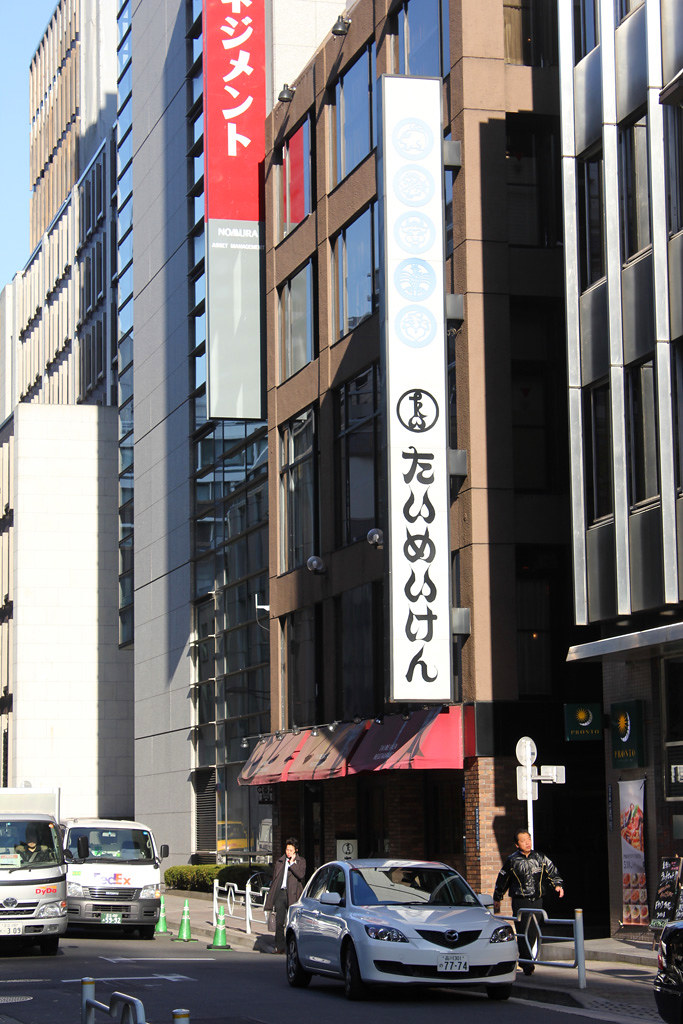
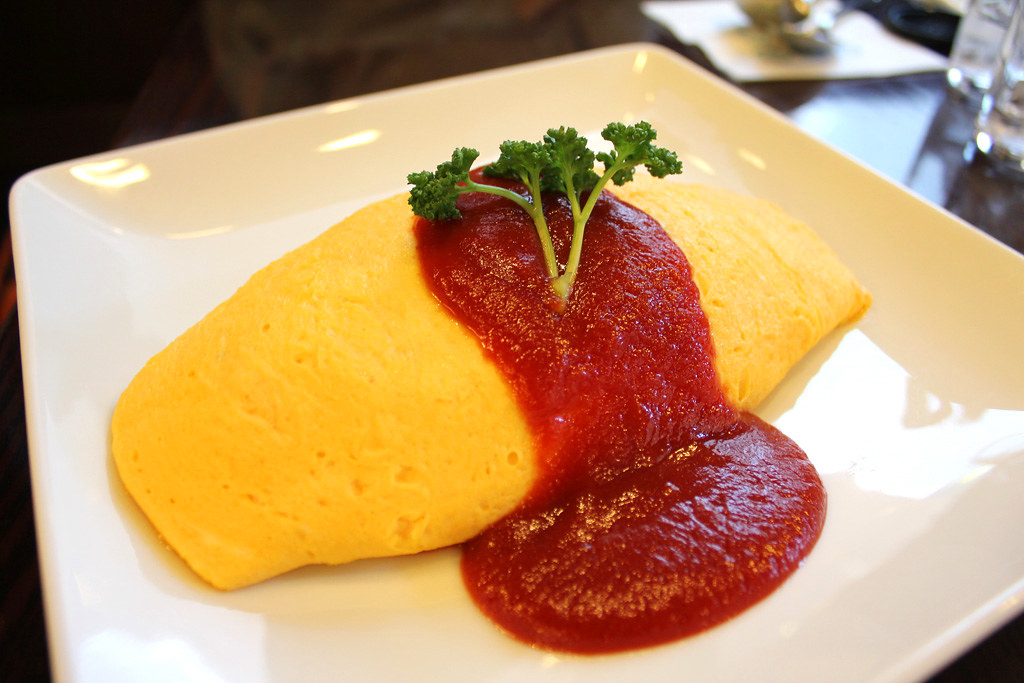

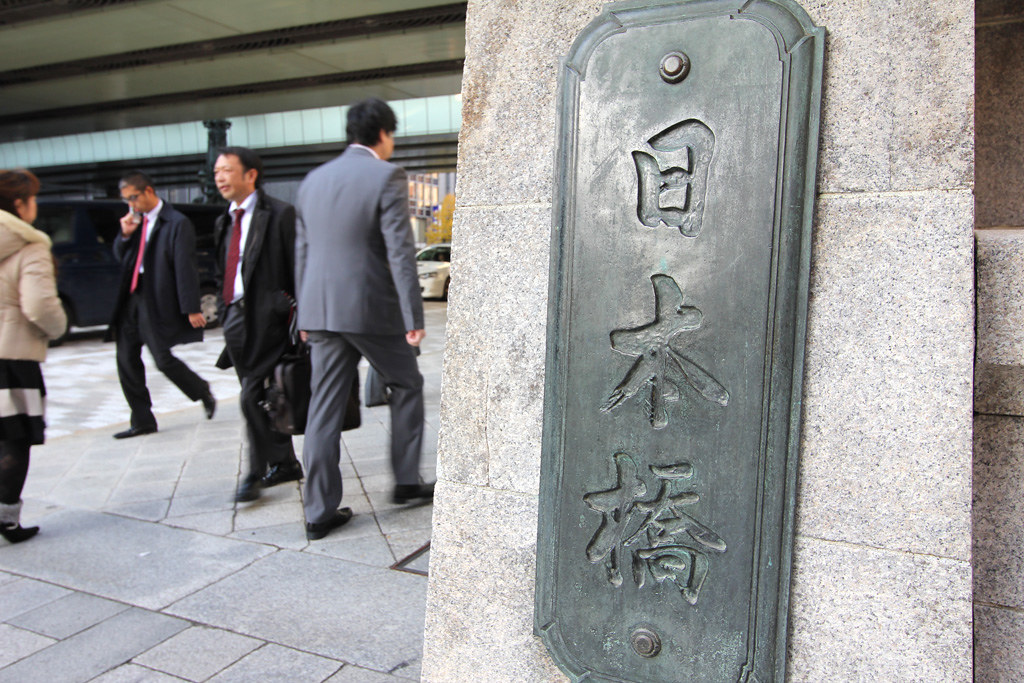
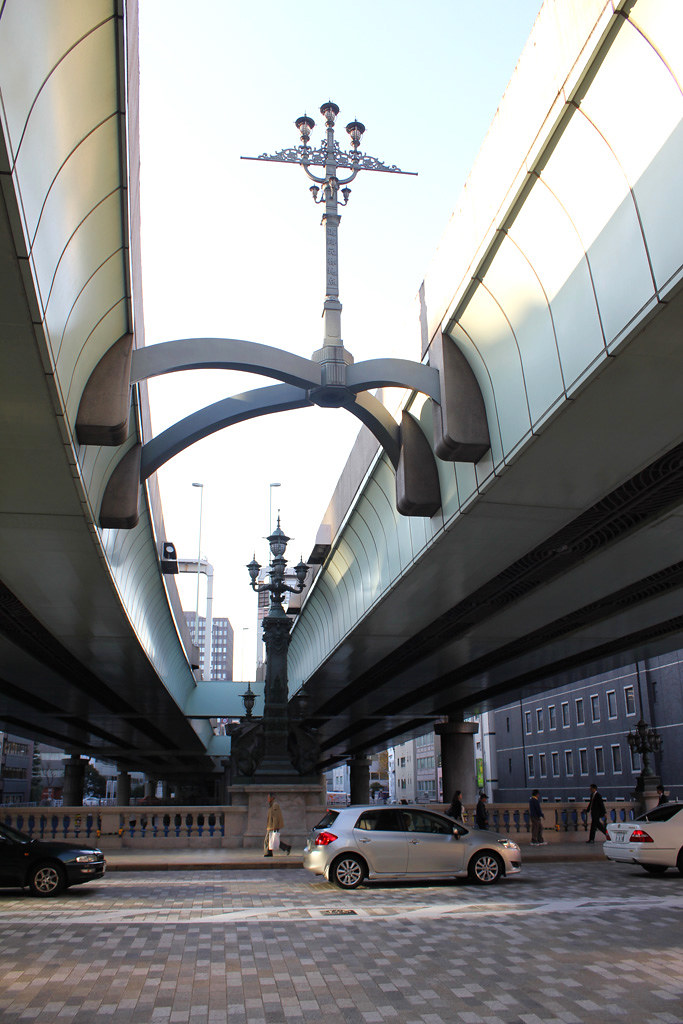
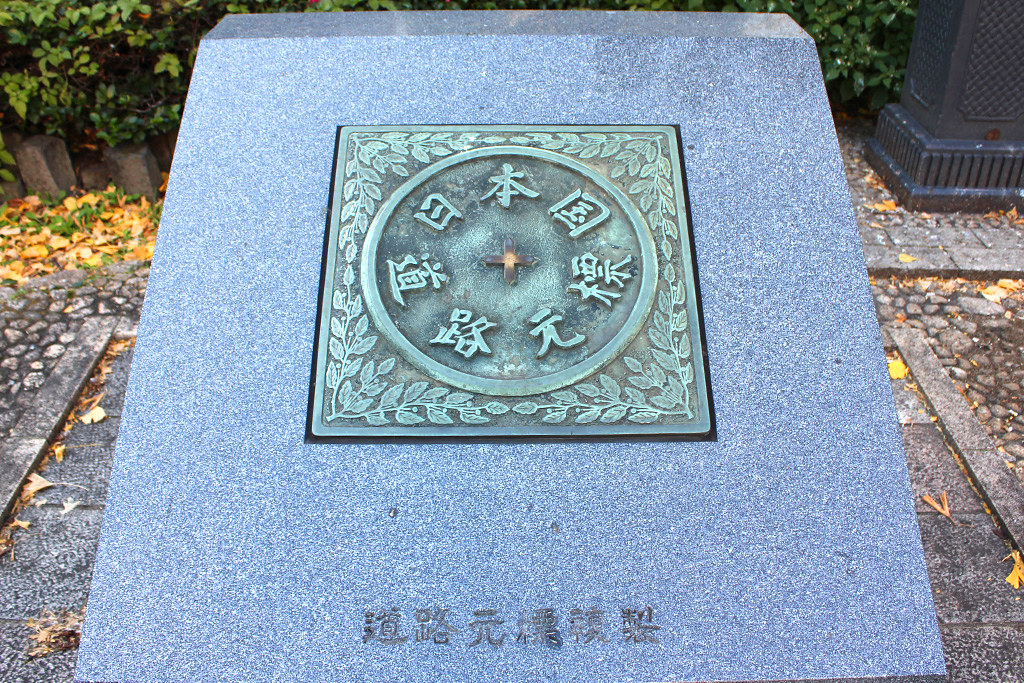


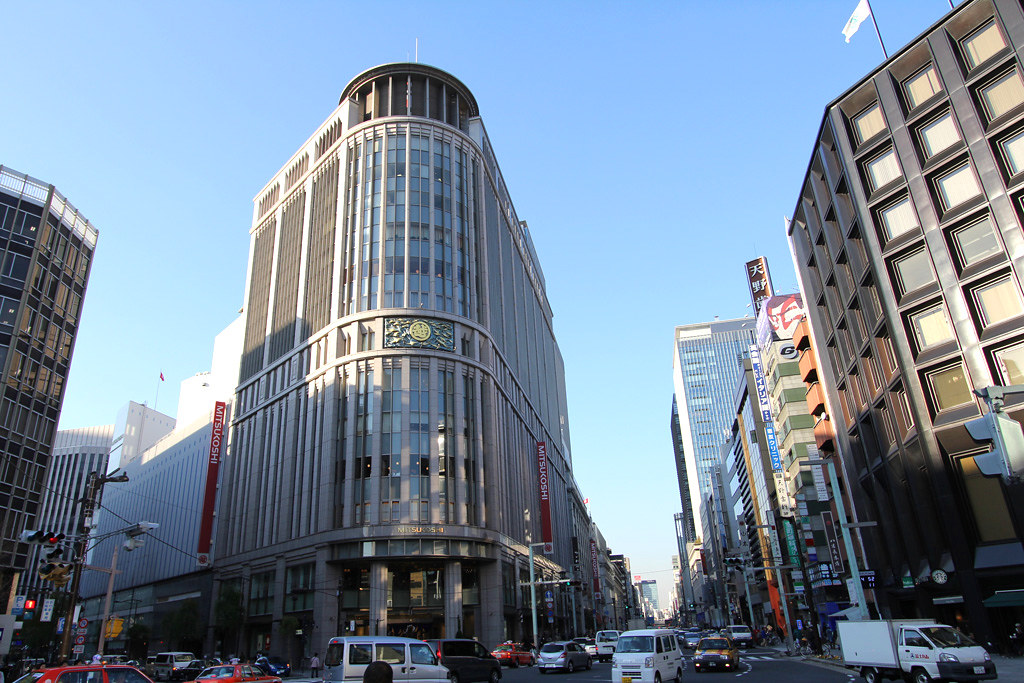
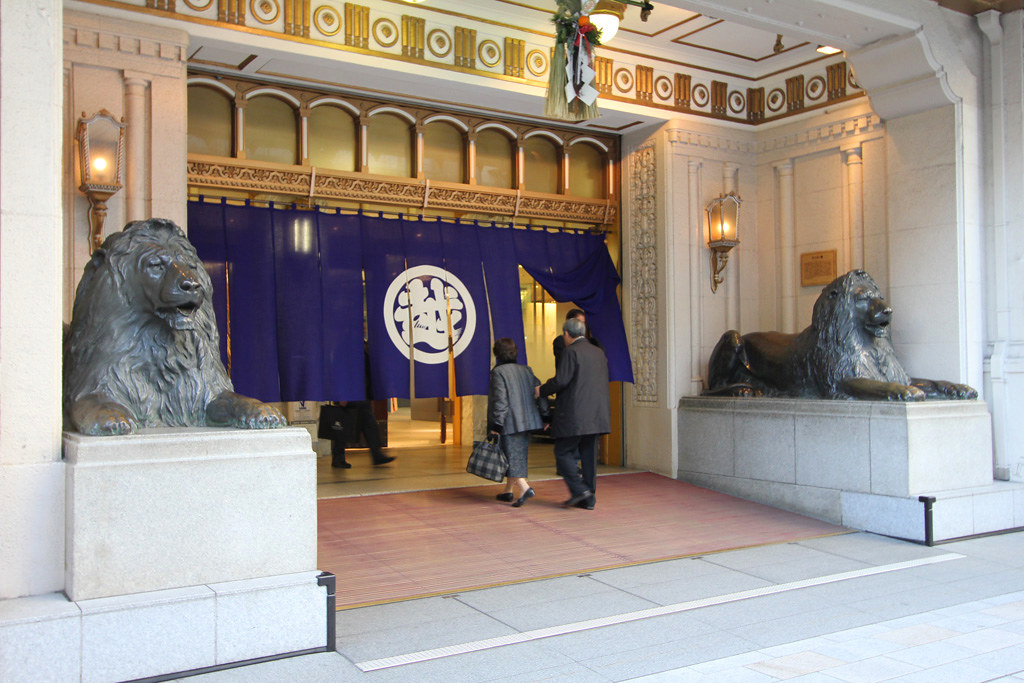
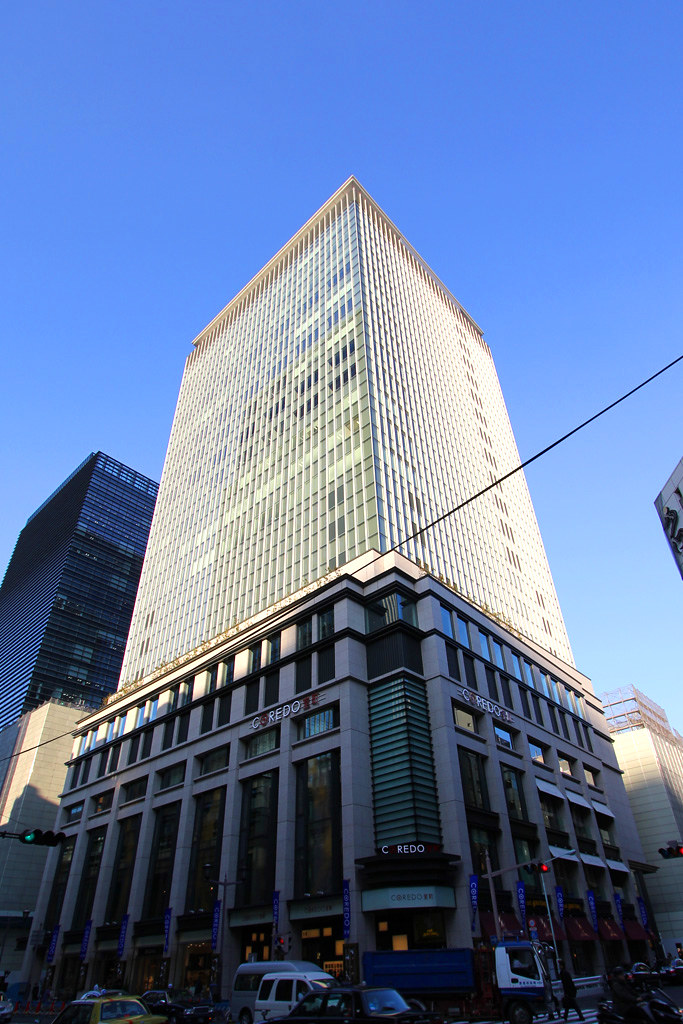

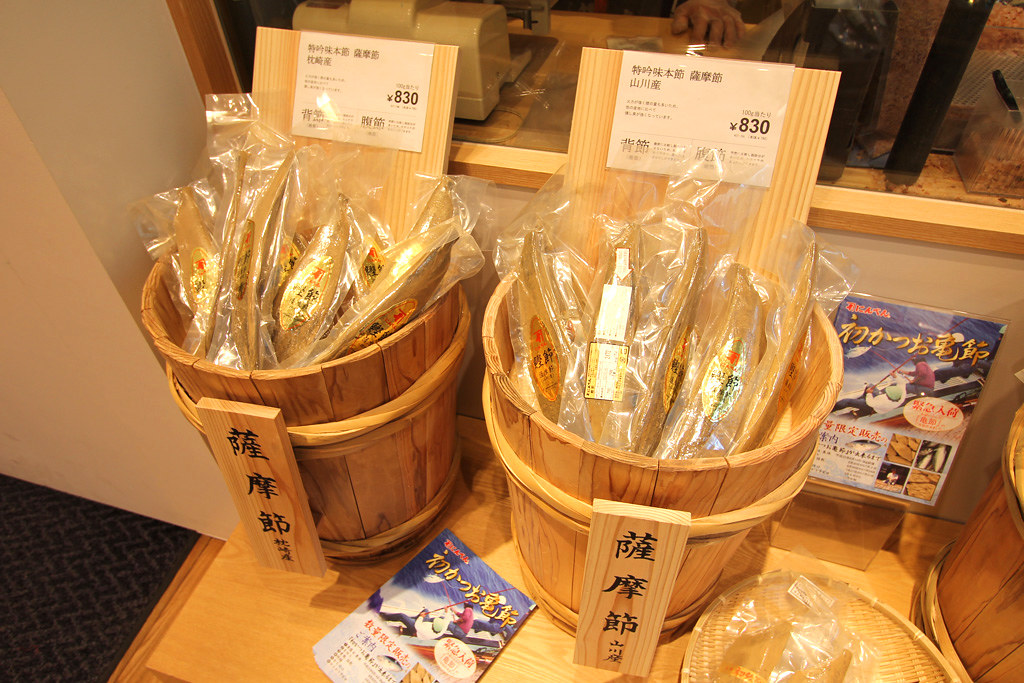

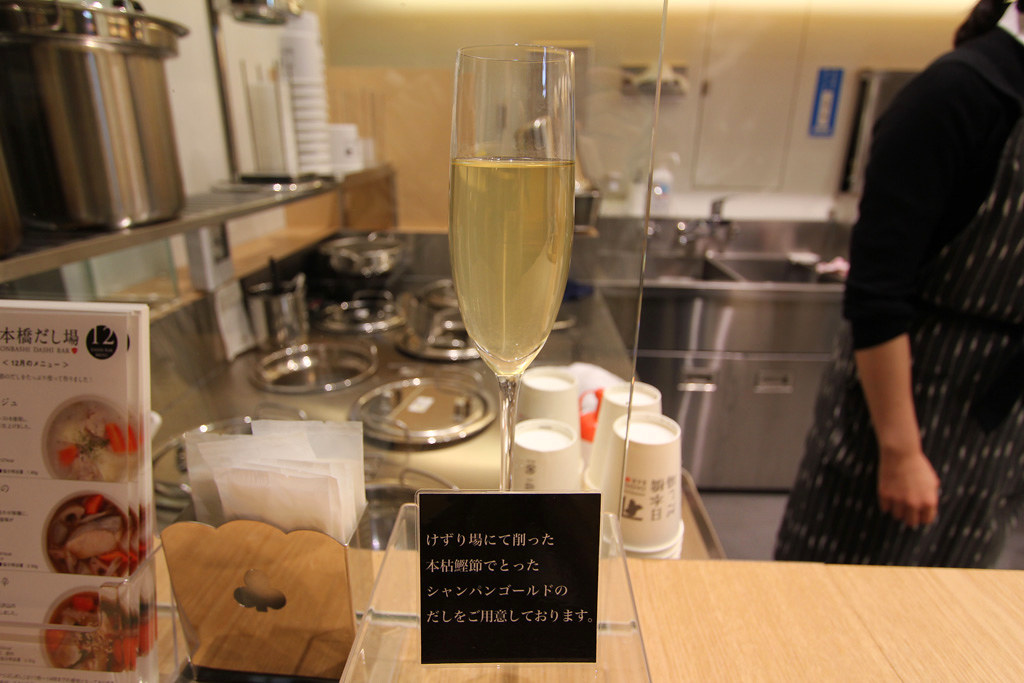
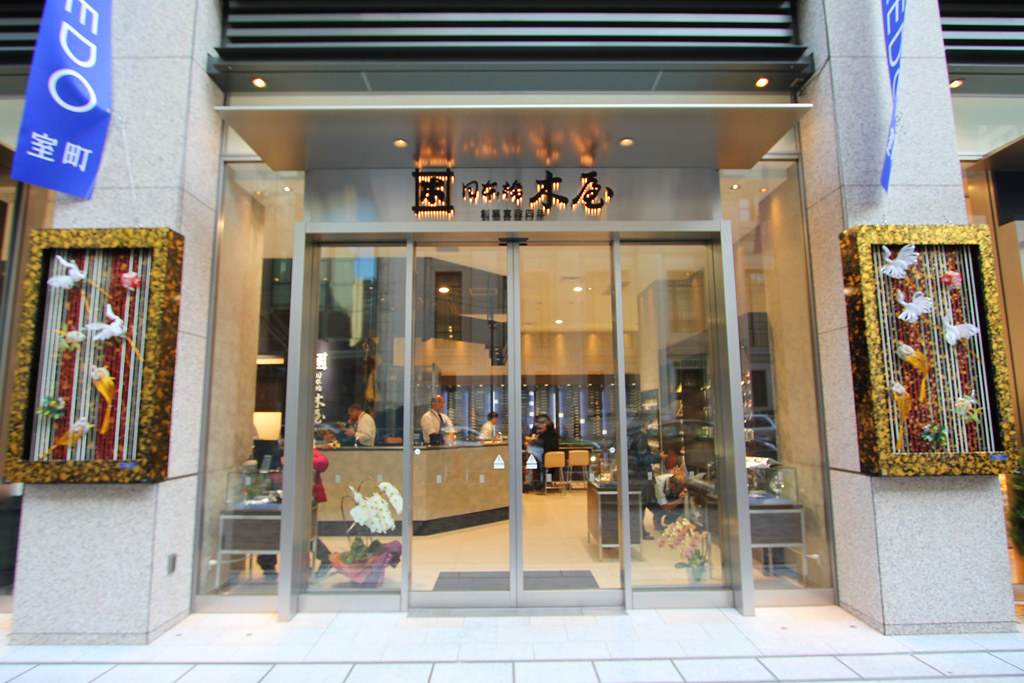

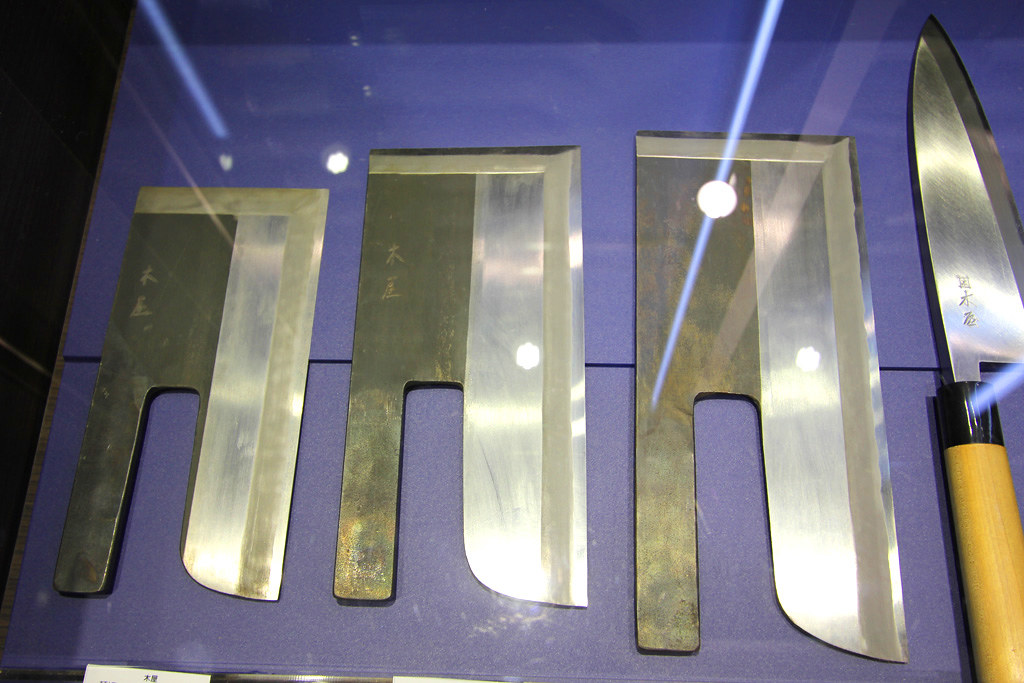




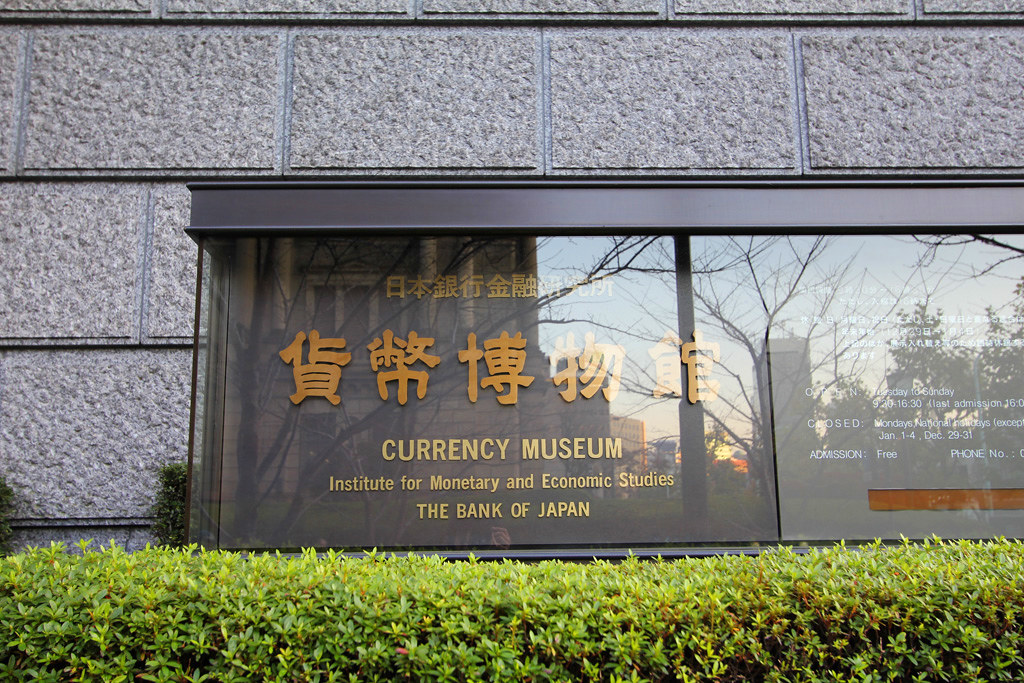
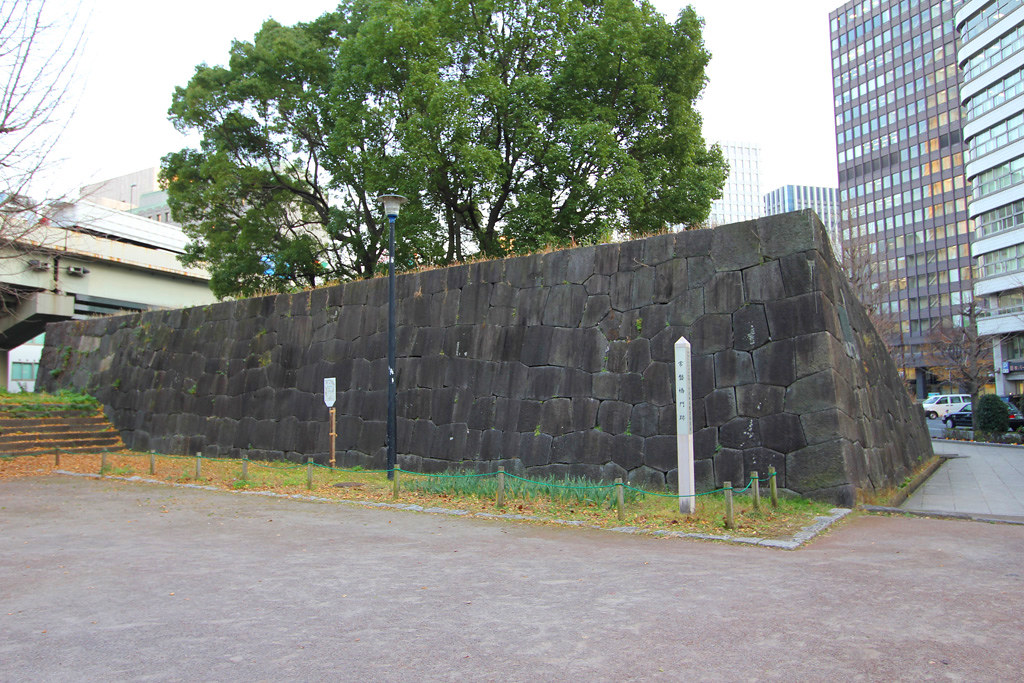
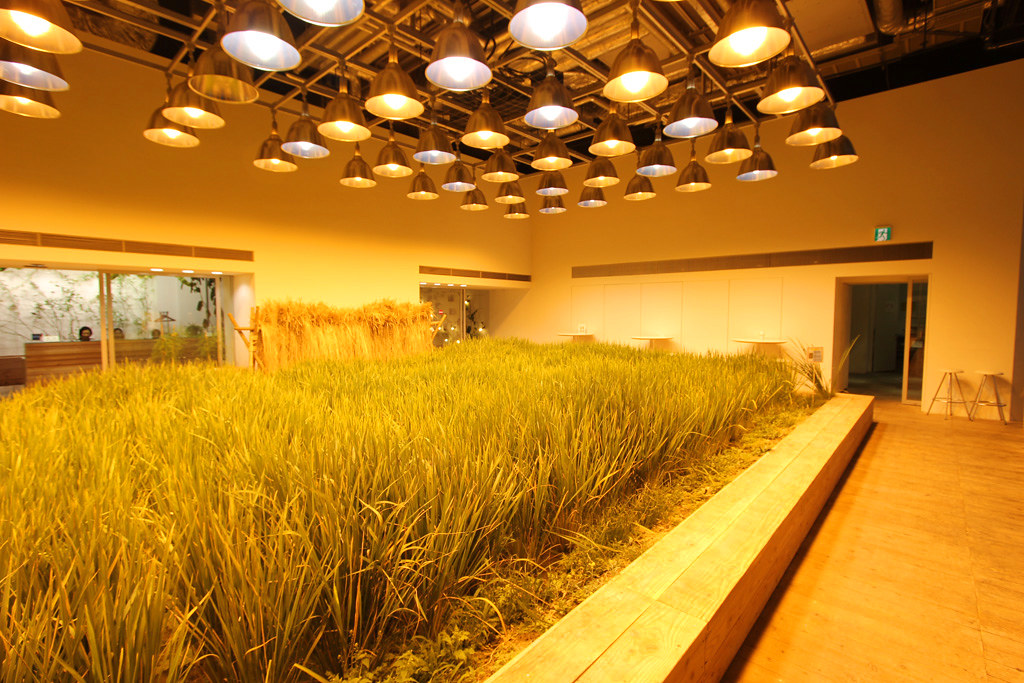

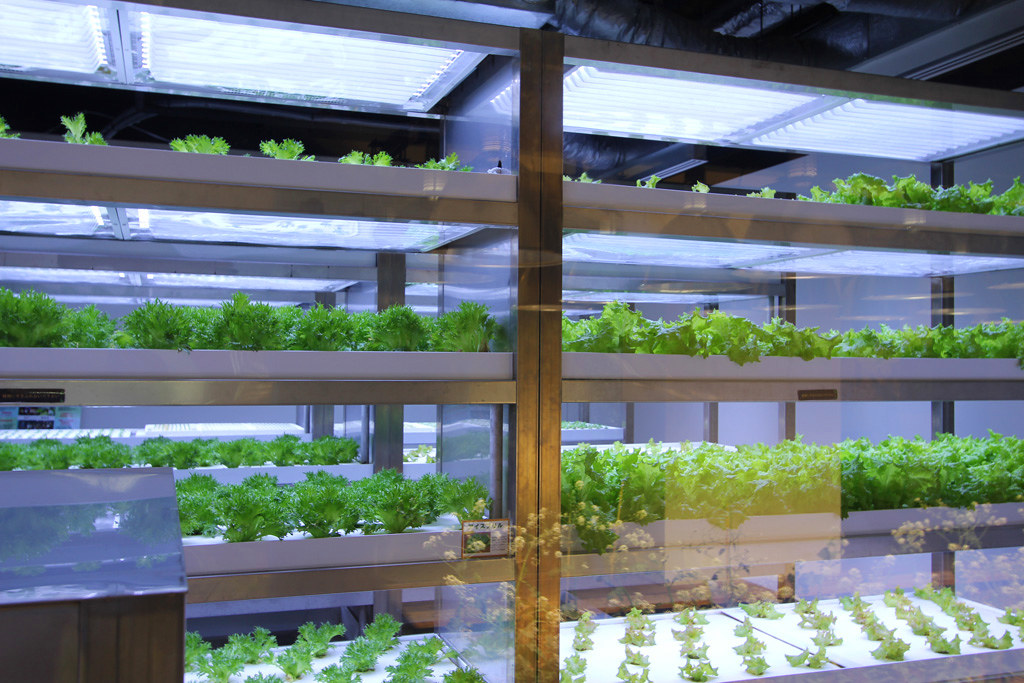
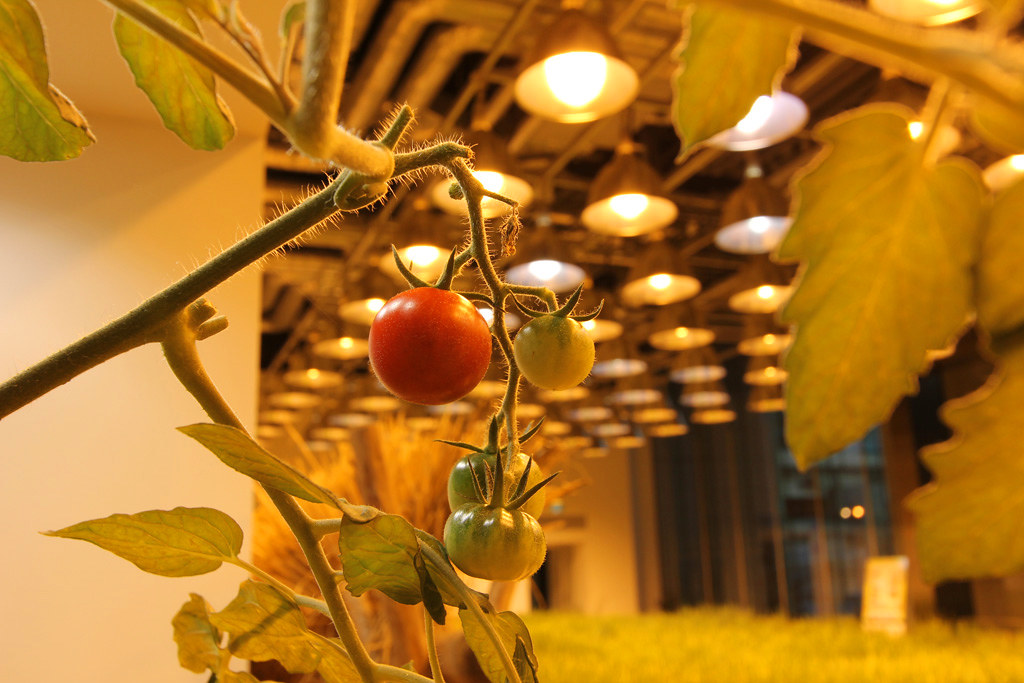
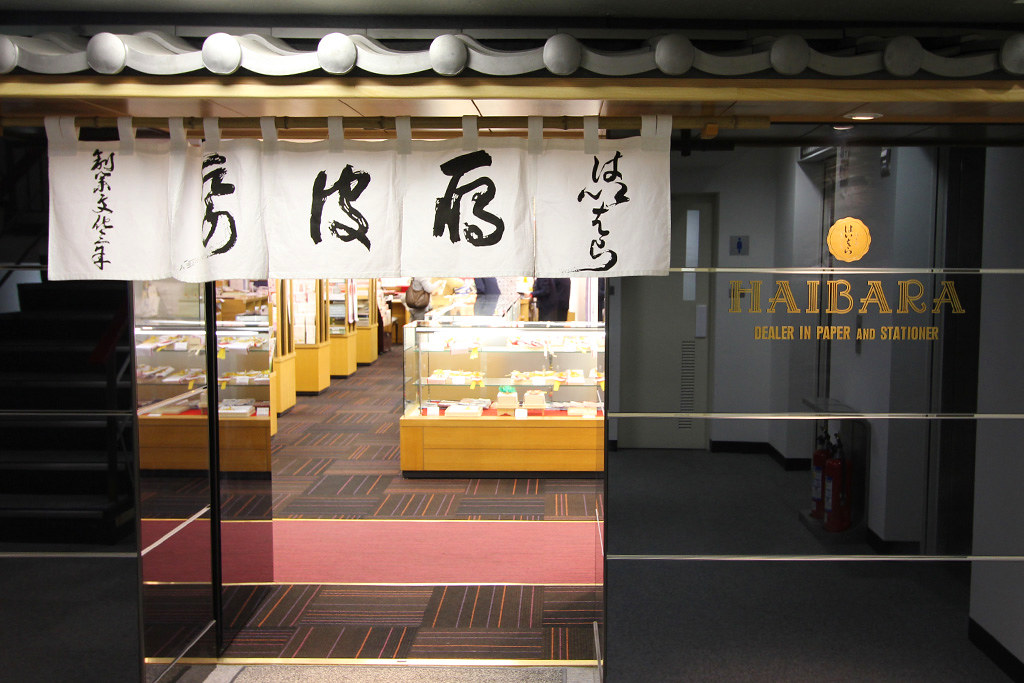
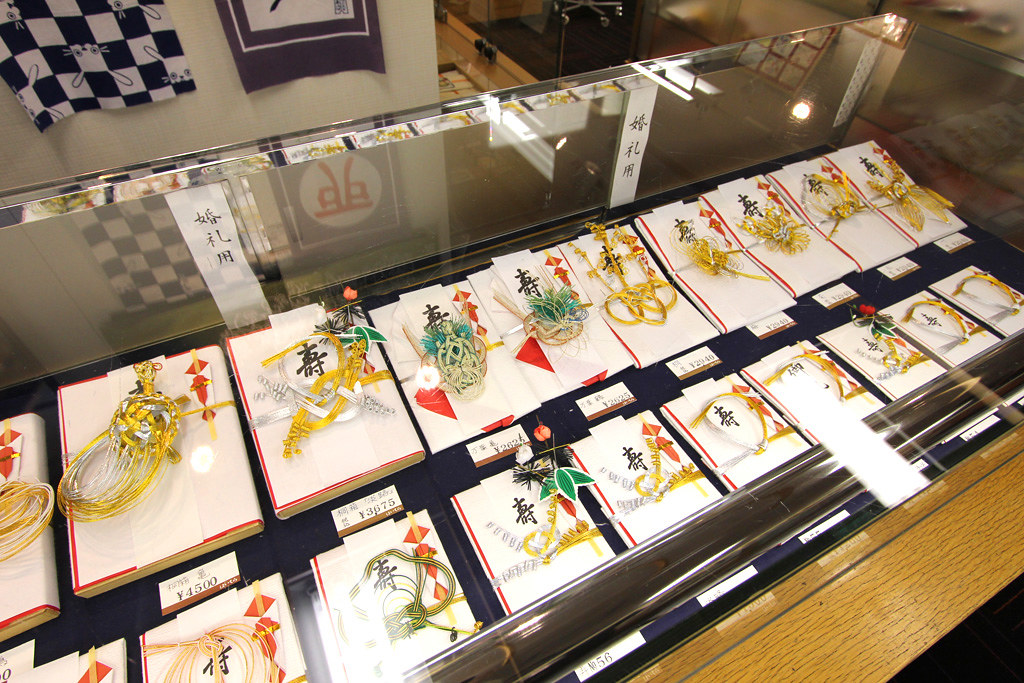
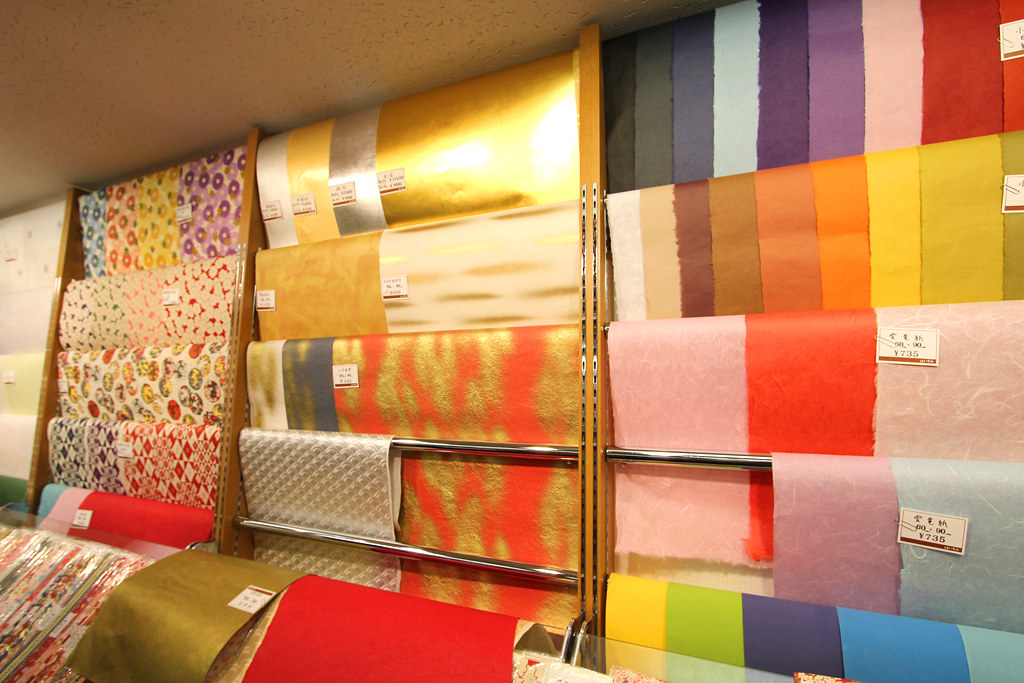
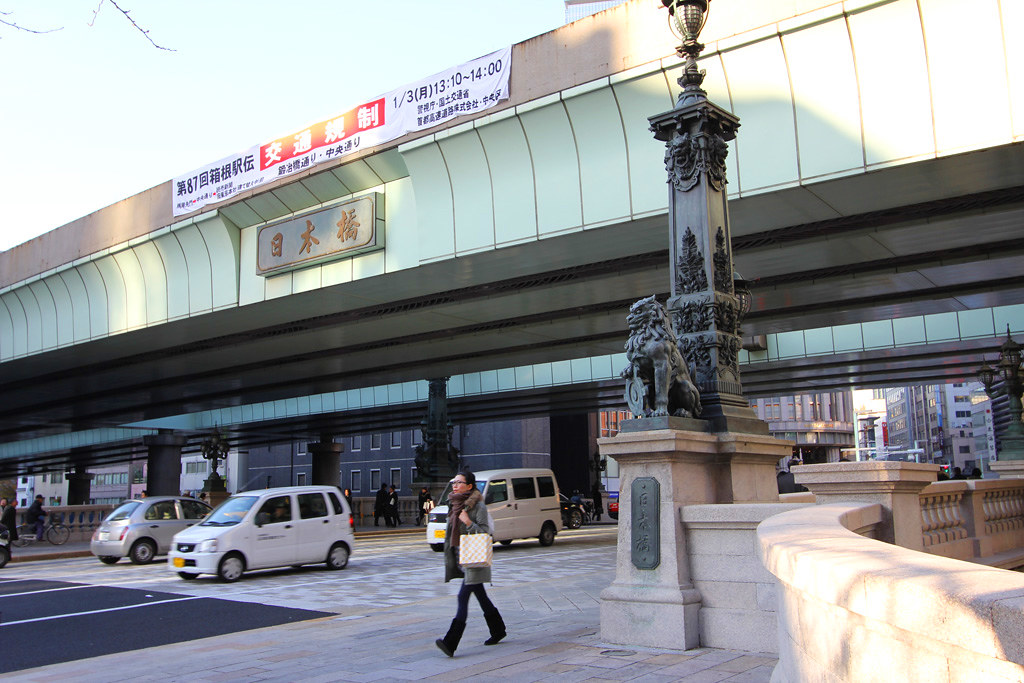











1 Comment
2月 12th, 2011 at 1:07 PM
What a wonderful guide to Nihonbashi! I am now craving omu-rice. Yum!
http://www.fashimi.com
Leave a Reply